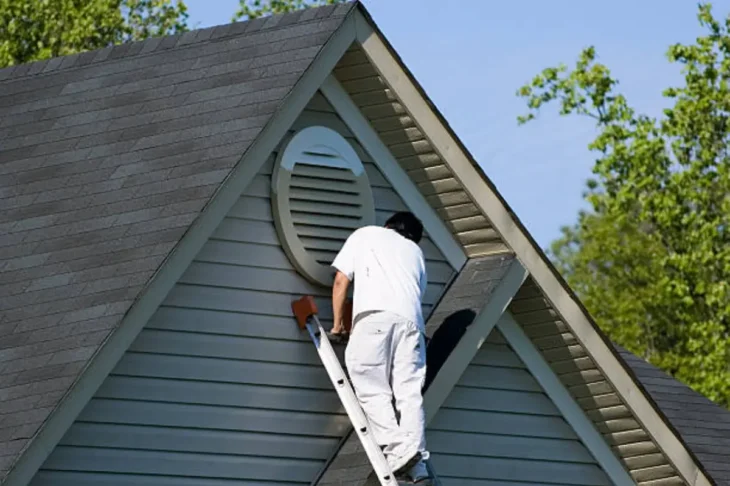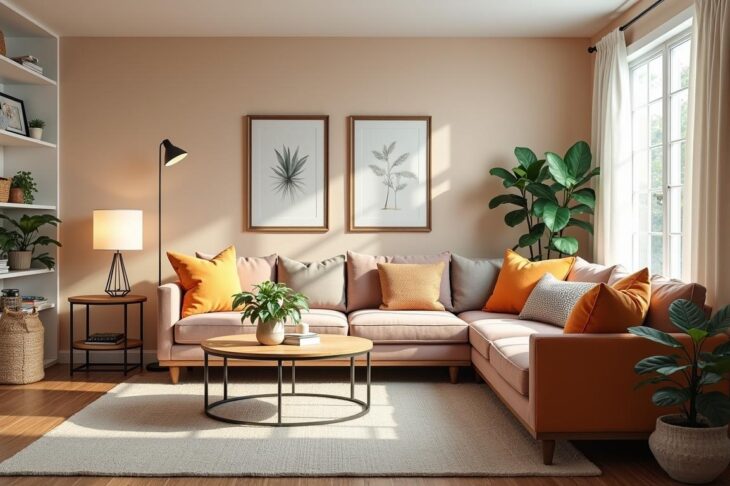
Choosing the Right Surface: A Guide to Sports Court Materials
Sports courts are a staple of communities, recreational centers, and competitive arenas. Each surface is crucial in determining the quality of play, safety levels, and overall user satisfaction. This guide will explore various materials used in sports construction that can be tailored to different sports and environments.
Selecting an appropriate surface involves understanding the sports it will support and the available climate conditions and maintenance resources. By aligning these elements, facility managers can create sustainable courts that enhance athletic performance and player experience.
Common Sports Court Materials
A plethora of materials are available today, each suited to different needs and types of sports. When considering your options, it’s essential to factor in the facility’s intended use and audience. Durability, cost, player safety, and ease of installation are crucial in this decision-making process. Below, we will examine some of the most commonly used materials, examining their unique properties, benefits, and challenges.
Asphalt and Concrete Surfaces
Used extensively for outdoor sports courts, asphalt and concrete offer a solid, stable foundation for various sports activities. These durable surfaces are ideal for basketball courts, tennis courts, and even multi-purpose play areas. Asphalt is revered for its ability to absorb shock, reducing stress on players’ limbs during intense play.
However, it can become soft in extreme heat. Concrete, on the other hand, is exceptionally robust, although it requires a higher upfront investment and careful finishing to avoid cracking.
Benefits and Drawbacks
One primary advantage of both asphalt and concrete surfaces is their longevity. With proper installation and maintenance, these surfaces can last 20 to 30 years. However, the hardness of these surfaces can increase the risk of joint injuries over time. Concrete, especially, can be unforgiving during falls. Regular maintenance, such as sealing, prevents cracks and surface wear from weather exposure.
Synthetic Tiles and Modular Surfaces
Synthetic tiles have become increasingly popular due to their vibrant aesthetics and versatility. These surfaces are ideal for indoor and outdoor use and accommodate various sporting activities like basketball, volleyball, and futsal. The cushioned nature of these tiles reduces the risk of injuries and provides a degree of shock absorption absent on more complex surfaces. Their customizable design allows unique color combinations to match team branding or facility themes, making for a visually appealing court.
Why Choose Modular?
The modular design of synthetic tiles ensures straightforward installation and maintenance. Should individual tiles wear out or sustain damage, they can be replaced without impacting the entire surface. This modularity significantly reduces downtime and maintenance costs, particularly in high-use facilities where court availability is essential.
Acrylic and Polyurethane Surfaces
Due to their superior performance features, acrylic and polyurethane surfaces have become increasingly preferred for sports like tennis and basketball. Often applied over asphalt or concrete bases, these surfaces provide a reliable balance between smoothness and traction. These surfaces are adept at reducing play interruptions caused by weather as they dry quickly after rainfall.
Advantages
Acrylic and polyurethane court surfaces provide a softer touch than raw concrete, reducing fatigue and the risk of repetitive strain injuries. With vibrant color retention and customizable designs, these courts can align with organizational branding or aesthetic goals. Moreover, maintenance involves basic cleaning and occasional resurfacing, making them user-friendly for players and facility managers.
Choosing the Right Material for Your Needs
Selecting the best-suited material involves evaluating several critical factors. The type of sport and frequency of use are top considerations. High-contact sports benefit from more shock-absorbent materials like synthetic tiles, while traditional sports like tennis and basketball often thrive on acrylic surfaces.
The age group of players is another consideration—youth sports often require softer, safer surfaces to cater to children’s physical development. Meanwhile, budget constraints could direct the choice towards options with lower initial costs or reduced long-term maintenance commitments.
Maintenance Tips for Longevity
Regular maintenance is key to ensuring sports courts’ longevity and optimal performance regardless of the chosen surface. Factors like UV degradation, rainfall, and seasonal temperature changes impact surface integrity, especially for outdoor surfaces.
Regular cleaning routines, timely repairs, and professional inspections facilitate early identification of wear and tear. Sealing cracks, applying protective coatings, and ensuring proper drainage systems are in place can significantly extend the lifespan of any sports court surface.
Final Thoughts on Sports Court Material Selection
The decision on sports court surfaces is far-reaching, influencing a facility’s financial aspect and its users’ safety and satisfaction. Understanding the diverse options and aligning them with your specific needs ensures a thoughtful investment in player experience and longevity of the court.
Whether opting for durable concrete or vibrant synthetic tiles, each material has unique attributes that, when applied correctly, bolster performance and safety, enabling players to enjoy their sport in a supportive environment.

